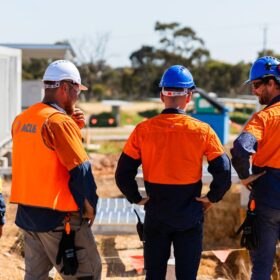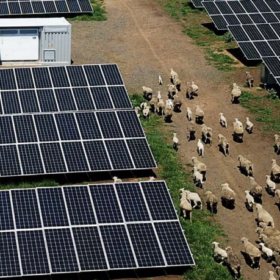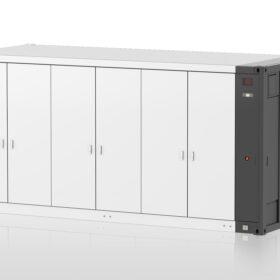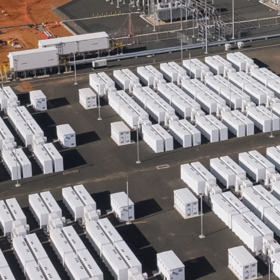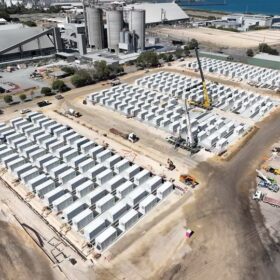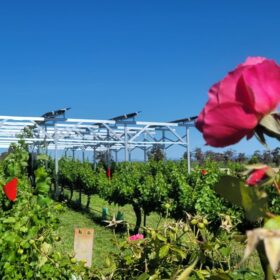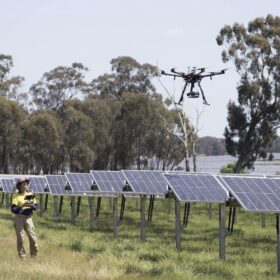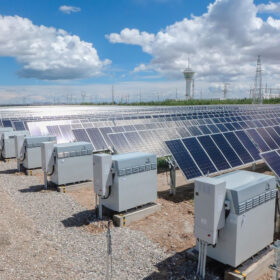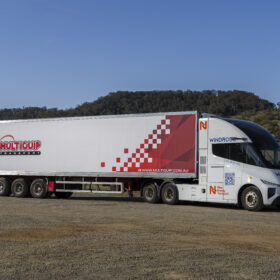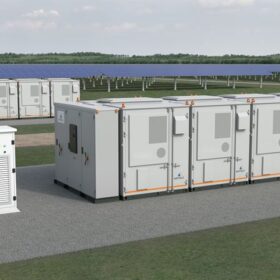Four key lessons the renewable industry should take away from 2024
There are four key Lessons the renewable industry to take away from 2024, cover storage, solar, and everything in between
Agrivoltaics improve agricultural yield in arid regions: UTAS global study
University of Tasmania researchers have examined the benefits, or not, of agrivoltaic systems in three countries and found the technology can most improve agricultural productivity in arid and semi-arid regions.
Hithium to supply 128 units of 5 MWh battery solutions for Woolooga BESS
China-based battery manufacturer Hithium will supply 128 units of 5 MWh containers for the 640 MWh Woolooga battery energy storage system being built in Queensland by London-based Lightsource bp.
Pacific green transformation project lights up Timor-Leste villages with solar
Through the Pacific Green Transformation Project, the Japanese government has partnered with the United Nations Development Program to install solar panels and solar lights in Timor-Leste villages, which are not connected to an electricity grid.
Neoen lands $1.4 billion debt finance for an additional 1.3 GW of renewables
French renewables developer Neoen has more than doubled its Australian renewable energy portfolio financing by securing a further $1.4 billion of debt for an additional 1.3 GW of wind, solar and storage assets.
Battery storage key to nailing renewable energy target of 82% by 2030: report
Doubts about Australia’s ability to power the National Electricity Market with 82% renewable energy by 2030, have been put to bed by a new report issued from Climate Energy Finance, citing among positive contributors to acceleration, off-the-charts battery storage growth.
20 kW university vineyard agrisolar array tests crop yield and panel efficiency
Victoria-based renewables company Greenwood has answered the call from the University of Melbourne to install 48 solar panels at its Dookie Campus’ working vineyard, to aid research into the impact of deploying agrivoltaics on crop yield.
Lightsource bp bumps capacity of nation’s clean projects starting construction over 8 GW
Lightsource bp has started construction of its million panel Goulburn River hybrid project in NSW and Woolooga battery energy storage system in Queensland, simultaneously bumping the nation’s renewables capacity starting construction over the 8 GW line.
Solar panel degradation under watchful eye of UNSW researchers
Daylight photoluminescence images of crystalline silicon solar panels in utility-scale arrays have been found by researchers to contain unique information about voltage variations between panels, including from degradation.
Shift to 2 kV voltage in solar projects tipped to gain traction
Amid record-low prices for solar modules, the focus of cost reduction for utility-scale solar projects is shifting to non-module balance-of-system (BoS) expenses. A transition from 1.5 kV voltage to 2 kV in solar projects is expected to gain traction through 2030.
